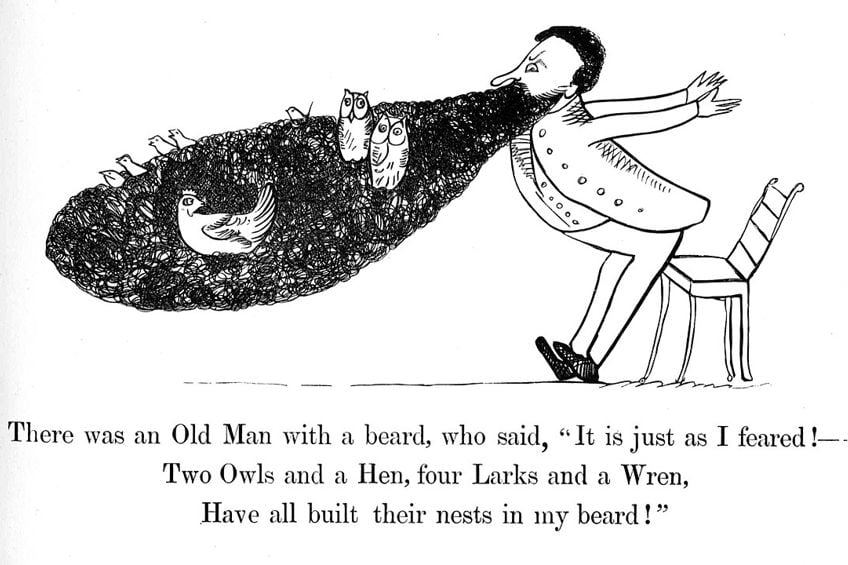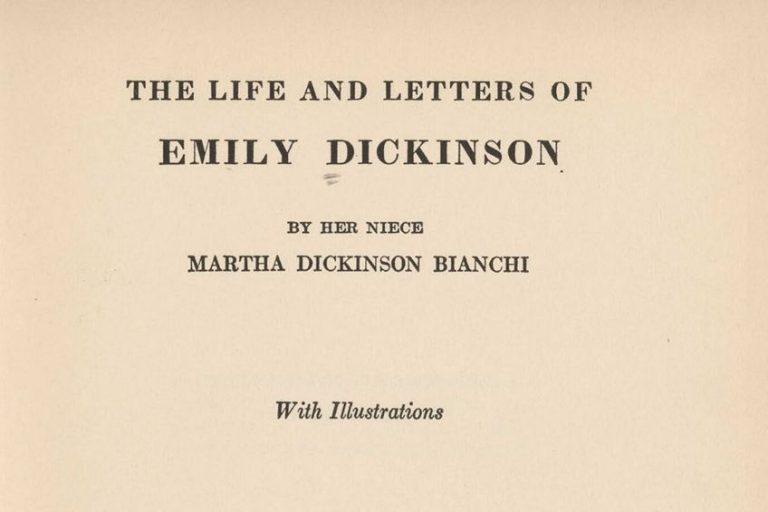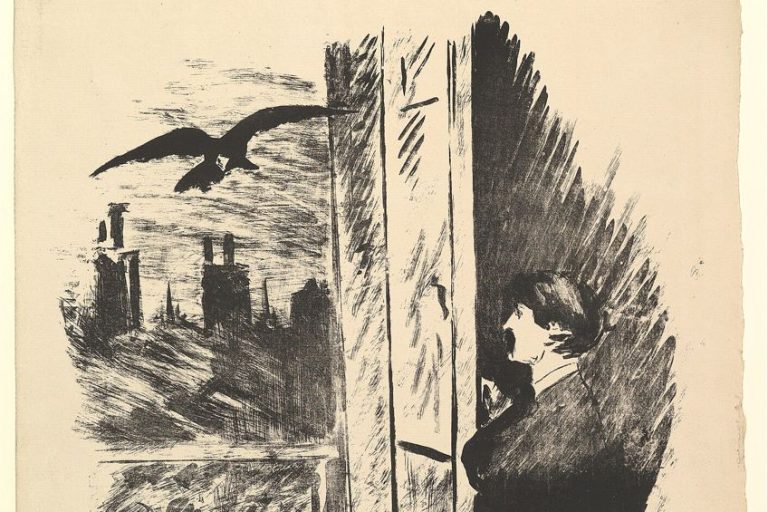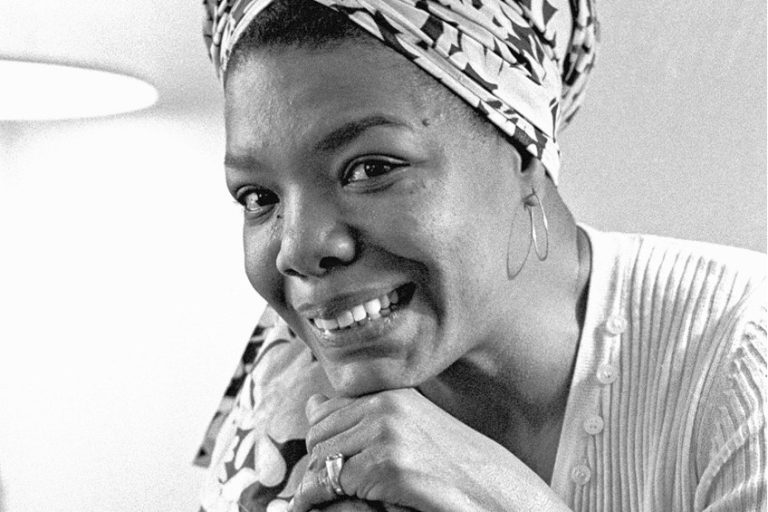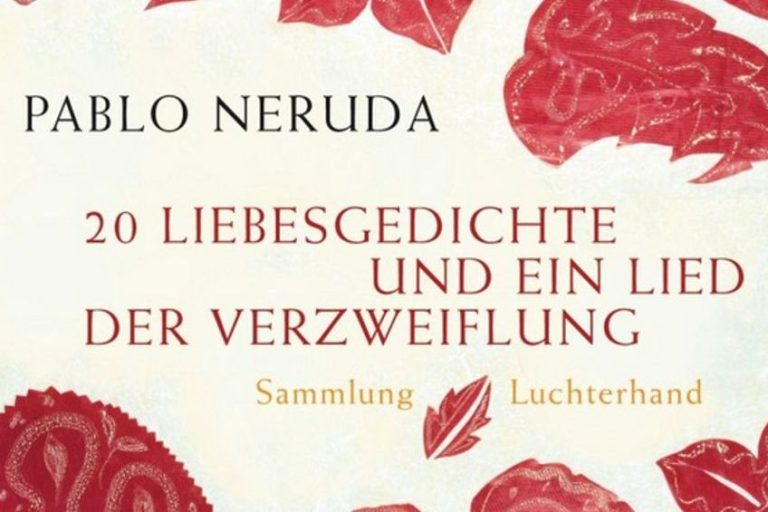Famous Short Poems – A List of Short Prose You Should Know
There are many famous short poems in the world, but we will only consider a few of them today. We will discuss ten different famous short poems before transitioning to a brief discussion about a few specific types of quick poems and those who wrote them. If you want to learn more about some famous short poems, then keep reading to see what all you can learn along the way!
Some of the Most Famous Short Poems
What is a short poem? This is a bit of a difficult question because there is no such thing as an actual category called “short poems”. For instance, we may define something as short against something that is long. A poem such as The Divine Comedy is several hundred pages in length and split between three separate books, and this is obviously a very long poem. However, when we consider a poem that is regular in length, we may think of something like a sonnet, which is made up of fourteen lines.
If fourteen lines is a regular length for a poem and several hundred pages is a long poem, then there is significant space there for all sorts of definitions. In comparison to one of those immensely long poems, a sonnet is probably a very short poem, but we are going to exclude sonnets from this particular article because we want to look at poems that are even shorter. We are only going to consider those poems that are about ten lines and below. This may be an arbitrary distinction, but we need to make our distinctions somewhere along the way.

Now, we may ask a question like: “Why would someone write a short poem rather than a longer one?”, and the answer to that is that length does not necessarily equate to something being meaningful. There are whole novels that are dull, yet they could be hundreds of pages long. Sure, they have meaning, but they may not resonate with you. A short meaningful poem on the other hand may stay with you for years upon years after you have read it. Perhaps some of the poems below may ignite that same kind of spark in you.
Lastly, before we get started, it is worth noting that poetry is a thing that is up for interpretation. You do not need to agree with the interpretations of the poems that are listed below. You may have your own thoughts and feelings about the ten poems that we discuss below, and those thoughts and feelings are yours to have and contemplate. So, if you have your own interpretations, then those are yours to possess, and no one can ever take them from you.
How do you read the poems below? How do you read other poems? The choice is yours.
The Sun Sets in Molten Gold (Between 1084 – 1155) by Li Qingzhao
| Date Published | Between 1084 – 1155 |
| Type | Nature poem |
| Rhyme Scheme | ABCDEFGCHI |
| Meter | Iambic tetrameter |
| Topic | Longing |
Li Qingzhao is considered to be one of the most important poets of ancient China and one of the greatest historical poets of all time. Her work has gone on to become a national treasure, and many Chinese poets have been influenced by her work ever since. Much of her poetry is noted for making use of a far more concise and subtle style of composition, and she wrote on many topics over the course of her life as a poet.

In terms of this particular short poem, she discusses a sunset that appears as molten gold as the “jade disk” of the evening clouds moves in. The poem itself uses this image of a natural landscape to contemplate about her lover. She thinks about where he is in the world while the music flows in the background. She considers the spring days that may come to an end and thinks on how an upcoming celebration should be a joyful affair, but she is still longing for the one on whom she waits.
This short meaningful poem is a perfect example of a short poem that has a lot to say. We tend to exhibit many conflicting feelings throughout our lives, and the way in which we think about those many feelings can juxtapose against one another.
The beauty of the natural landscape and the sounds of the world may be a wonderful thing, but our longing for another may persist despite that reality.
Parting (1896) by Emily Dickinson
| Date Published | 1896 |
| Type | Lyric poem |
| Rhyme Scheme | ABCB |
| Meter | None |
| Topic | Loss and separation |
Emily Dickinson was one of those great writers who was never known over the course of her life. She lived a life of relative obscurity, and her vast collection of poetry was only truly discovered and then published after she had already passed away. Her poetry has become some of the most influential of the modern period and it often incorporates language alterations that render it into something strange and unique. This particular poem is far more traditional in its general structure, but it continues her powerful use of metaphor.

The poem is concerned with the idea of separation, of parting from one another. It makes use of the imagery of heaven and hell to describe the kinds of feelings that this instills within us. On one hand, it shows the way in which the departure of a person from our lives increases their value within our lives, as it provides us with a certain heaven while, on the other hand, it causes us to suffer as if we were confined to hell.
These kinds of feelings tend to be universally felt within humanity, and there are very few truly universal themes and ideas. We have all experienced loss in some or another sense, and that kind of loss can serve as a kind of personalized hell in which we suffer.
However, it does also serve as a reminder and retrospective understanding of the person we lost as a heavenly soul that gave us what we truly needed when they were still with us. If their absence is a hell, then perhaps they were a kind of heaven.
Risk (Between 1903 and 1977) by Anaïs Nin
| Date Published | Between 1903 and 1977 |
| Type | Single stanza poem |
| Rhyme Scheme | None |
| Meter | None |
| Topic | Change |
It should first be noted that it is uncertain when this particular poem was actually published, but that does not matter. It would have been published at some point during the life of the author, Anaïs Nin, who is best known as a diarist, but she did also write some poetry. In this particular case, she wrote one of the most famous short poems, and the meaning behind it is quick, simple, and sweet.

The poem’s literal imagery concerns a flower. The flower has reached the point at which it can finally open its bud and become the flower that it was always meant to be. On the other hand, this flower could also choose to forever remain within the bud. The title of this quick poem, Risk, indicates that there is an inherent risk in the flower allowing itself to break free of the bonds that had forever held it in place. It is safe in its womb-like bud, and the outside world is a dangerous one. However, the pain of remaining hidden away eventually became too great and so it had to bloom.
This serves as a simple metaphor about our own ability to transform ourselves and the fundamental risk that is inherent in allowing ourselves to leave the safety of what we have always known to embrace something entirely new and different. The poem is a stunning example of the kind of meaning that can be packed into something that is so short and sweet.
It does not take its time to make its point or force us to sit in deep analysis; it tells us what it wants to tell us and then it moves on.
I Stood Upon a High Place (1905) by Stephen Crane
| Date Published | 1905 |
| Type | Single stanza poem |
| Rhyme Scheme | None |
| Meter | None |
| Topic | Sin |
There are many poets that use their poems, either big or small poems, to attempt to convey a message about the world to us as readers. These poets want us to think about the world, to consider what we see around us, and to confront us with whether or not we too engage in some of the evils of our world. This can be done in a rather subtle way or in a way that very much eschews subtlety. In the case of I Stood Upon a High Place, it is definitely an example of the latter.
This early-20th century and pre-World War One poem concerns itself, in a literal sense, with the speaker gazing upon many devilish creatures below him who are engaging in all manner of sin. They are engaging in it and enjoying themselves, and the poem breaks with the illusion of the metaphor when those same demons gaze up at this man who is standing above them and proclaim him to be their “comrade” and “brother”.
The idea behind this poem’s metaphor is a rather simple one, but as an example of a short poem, it does what it sets out to do. The “high place” on which the subject stands can be read as a metaphorical creation of the “moral high ground”, which is a common expression. They are looking at what other people, transformed into devils in the imagery of the poem, yet they are actually the same as the man who gazes down on them. They are people too, but they are not interested in looking down on the sin and are instead fully absorbed within it. And the poem implies that they want the speaker to join them.
This poem concerns itself with this morality by asking us, as the reader, whether we stand upon the high ground like the speaker or if we are down in the dirt with the other sinners.
Fog (1916) by Carl Sandburg
| Date Published | 1916 |
| Type | American haiku |
| Rhyme Scheme | Free verse |
| Meter | None |
| Topic | Nature |
This example of a short poem is one of the many that was published in the first major collection that Carl Sandburg produced, Chicago Poems, and in this particular case, the poem is a short expression of the way in which the fog itself moves its way through the city. This poem is an example of the kind of nature poetry that has often been produced as a means of showing the way in which the natural world, despite the human world’s supposed dominance, is always there for us and shall always surround us.
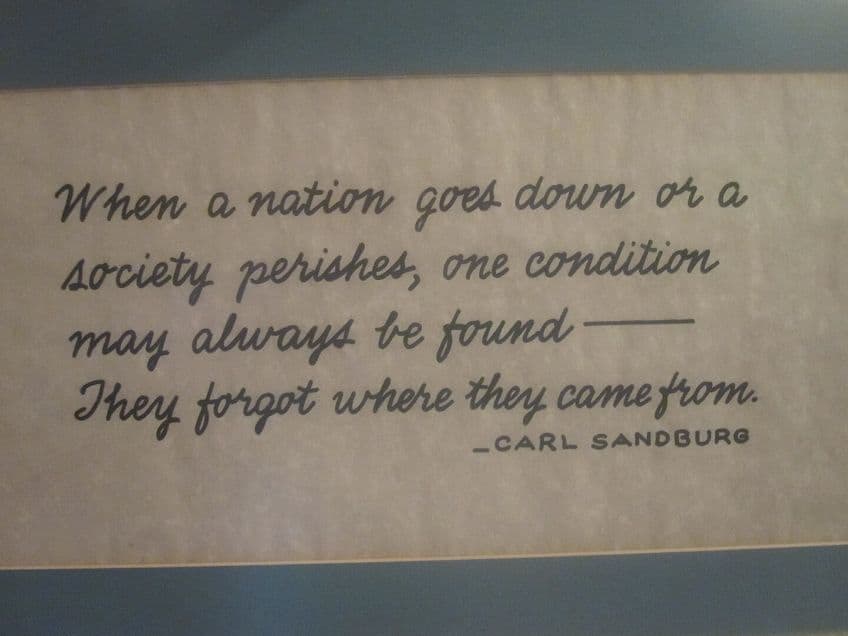
The poem, on a literal level, examines the way in which the fog moves. However, the more literal reality of the poem makes use of the metaphor of a cat. It describes the way in which the fog appears to come as if it is on cat feet and then silently watches over the city and the harbor before it moves on and leaves it behind forever. It arrives as silently as a cat and then moves on just as silently. Poems such as this present a rather simple metaphor that can be easily understood, but the ideas that are being expressed by this particular poem allow it to stand in appreciation of that natural force.
Many nature poems tend to fixate on the beauty of these natural aspects of the world, but this does not do so, and it instead uses another natural entity, a cat, to further establish a connection between this natural thing that can always watch over us, as if indifferent, before simply moving on.
First Fig (1920) by Edna St. Vincent Millay
| Date Published | 1920 |
| Type | Single stanza poem |
| Rhyme Scheme | ABAB |
| Meter | Iambic tetrameter and iambic trimeter |
| Topic | Celebration |
Edna St. Vincent Millay is considered to be one of the greatest poets of the 20th century, and her work was often deeply resonant. In terms of short meaningful poems, First Fig is one of the best of its kind. This quick poem is only comprised of four lines yet each of those four lines is loaded with meaning. In addition, as is relatively uncommon in a number of famous short poems, this particular poem is also one that makes use of a rhyme scheme that flows like the first stanza of a Shakespearean sonnet.
This particular poem, if read on a more literal level, discusses a candle that is burning from both ends and will therefore not manage to make it through the night and thereby expire without necessarily fulfilling its purpose. However, at the same time, it is proclaimed that this particular candle, despite burning out very quickly, also provides us with a “lovely light”. The kind of light that may not necessarily be possible had it been from an ordinary candle.
On a metaphorical level, this poem employs the extended metaphor of a candle that is burning far faster than it should be burning. This can be interpreted as the life of a person. When the candle burns quickly, it is running out of its life at a speed that may not be preferable. However, as she addresses her friends and foes, she claims that it burns more brightly and is more lovely than an ordinary “candle” would ever be. Those who live to the fullest are also those who may burn through their lives far faster than others, but that only means that they live it to the fullest.
This interpretation makes this example of a short poem one of the most meaningful small poems.
Fire and Ice (1920) by Robert Frost
| Date Published | 1920 |
| Type | Lyric poem |
| Rhyme Scheme | ABA ABC BCB |
| Meter | Irregular iambic tetrameter and dimeter |
| Topic | Apocalyptic |
Robert Frost is often considered to be one of the greatest poets of the modern era, and his works tend to be widely known as they are often written in a more simple and easy-to-understand style. They are trying to tell us something without making use of the kind of pretensions that can often be found in poetry (especially many instances of poetry from when he was writing). One of his most famous short poems is Fire and Ice.
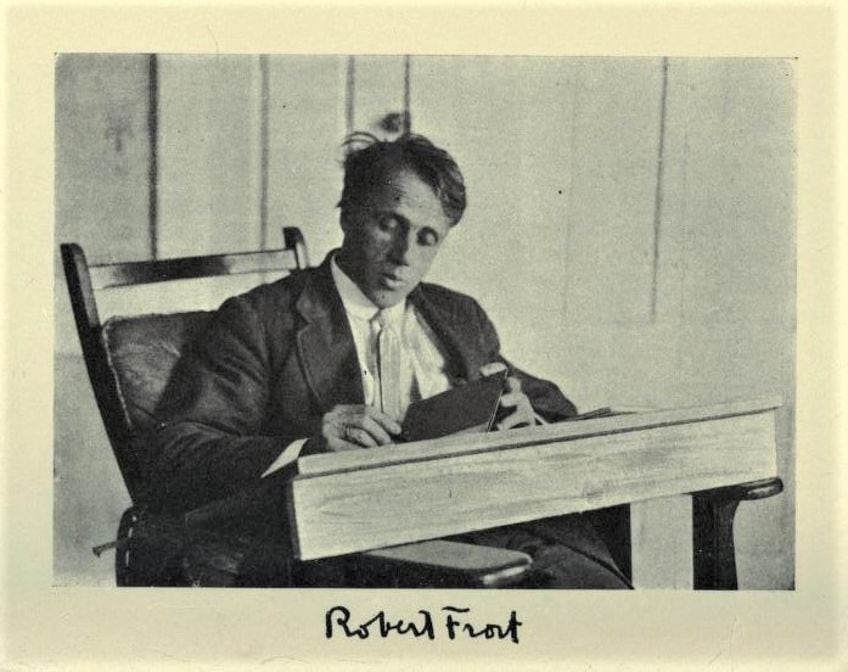
This particular poem, on a literal level, discusses the way in which the world is likely to end. It contemplates the idea of the world ending in either fire or in ice. The poem weighs these two options together and ultimately declares that the world is far more likely to end in fire than it is to end in ice. It also presents this as the preferable option as fire is often representative of a far more passionate reality.
On a deeper level, this poem concerns itself with the desires one may have for the way in which the world (and ourselves) may come to an end. The world ending in fire calls to mind Christian ideas of hell, but it could also be indicative of war. Ice and the cold, on the other hand, is a slower and more melancholic way.
Supposedly, Robert Frost had spoken to an astronomer about the way the sun will eventually extinguish and then everything will freeze, and this can often be seen as a far more horrifying way than perishing in flame.
The Red Wheelbarrow (1923) by William Carlos Williams
| Date Published | 1923 |
| Type | Imagist poem |
| Rhyme Scheme | None |
| Meter | Free verse |
| Topic | Description |
William Carlos Williams was a practitioner of Imagist poetry, and this particular kind of poetry is focused on creating very precise images of that which exists in reality. While many poems tend to fixate on metaphor, there can also be a way in which poetry can provide us with a far more straightforward way of presenting aspects of reality. In a certain sense, we could see some poems in this tradition as taking some inspiration from prose, and this particular quick poem may be considered an example of that tradition as it does not make use of any rhyme or meter.
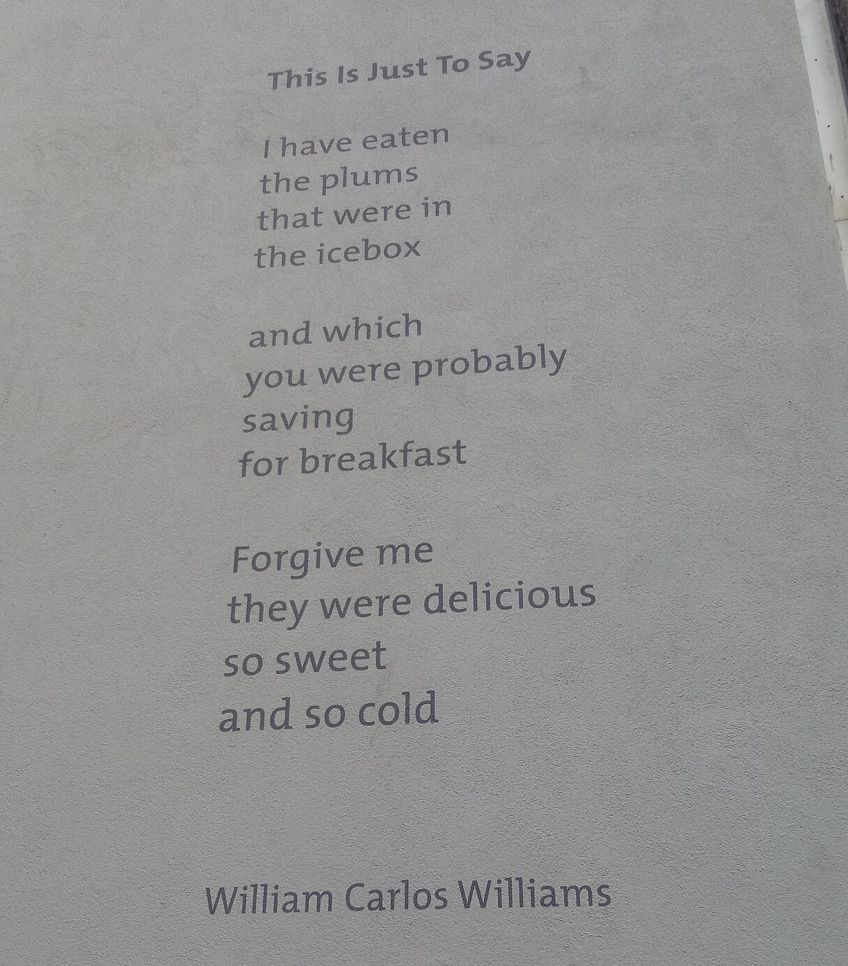
The Red Wheelbarrow is a short poem that is made up of four stanzas, each of which is only comprised of two lines. However, this is one of the most famous short poems in the Imagist tradition. Each first line of a stanza includes three words while the second line only includes one. The entire poem is a sentence, and that sentence simply describes a red wheelbarrow that has been in the rain and now stands beside a few white chickens.
One could examine this far deeper to explore aspects of the setting, such as the way in which the use of both a wheelbarrow and chickens indicates a possible farm environment, the rain may indicate that the wheelbarrow has been left out as it is considered a little more than a tool, and there is a juxtaposition between the red of the wheelbarrow and the white of the chickens.
The first stanza is also of immense importance as it states that “so much depends/upon” that wheelbarrow. Why? Why is this wheelbarrow so important? What do you think?
Metaphors (1960) by Sylvia Plath
| Date Published | 1960 |
| Type | Lyric poem |
| Rhyme Scheme | None |
| Meter | Free verse |
| Topic | Pregnancy |
Sylvia Plath is often considered to be one of the greatest feminist writers of all time and an immensely influential figure. She is often considered so important because of her only novel, the semi-autobiographical text, The Bell Jar, but her poetry has also become an incredibly important aspect of her work. Her life itself was a thing of fascination to many, including her death.
In terms of this particular quick poem, Metaphors, Plath ensures that a deep level of meaning can be found within it. The poem itself is presented as a riddle by opening with the line “I’m a riddle in nine syllables”, and the remainder of the poem makes use of an array of metaphors that all point towards the pregnancy that the speaker is currently undergoing. The images that are used, such as an elephant, a large house, and a fat purse, all indicate that there is a certain fear and tension about the realities and future that this pregnancy has brought onto her.
There are many ways in which literary texts can be interpreted, and in many of these ways, there tends to be a refusal to consider the way in which the author may have thought about things, but as much of Plath’s work was autobiographical, it can be beneficial to consider her directly. The pregnancy of this poetic subject is seen as something that is a burden for her, and as Plath herself struggled with her mental health and eventually committed suicide.
Her severe depression may have rendered the very thought of having a child into an aspect of sheer terror for the future. Short meaningful poems such as this can pack a powerful punch.
XIV (1974) by Pablo Neruda
| Date Published | 1974 |
| Type | Single stanza poem |
| Rhyme Scheme | None |
| Meter | None |
| Topic | Unanswered questions |
Pablo Neruda is generally considered to be one of the greatest poets of his generation, and he is also often seen as the national poet of Chile. His work has gone on to be immensely influential around the world, and he was also a major figure in the socialist history of Chile. He became a Nobel Prize laureate in 1971 and would continue to inspire many around the world with his work.
Many of his poems, which were written in a variety of different styles, were considered to be thought-provoking and deeply meaningful. However, in his collection The Book of Questions, he included one of the most famous short poems. This poem is simply numbered XIV, and this poem is one of the many unanswerable questions that can be found within that particular poetry collection.
In this particular poem, Neruda encourages the reader to think about and try to understand the world around them. The poem wants the reader to think for themselves by creating a certain sense of wonder and intrigue in what it presents to the reader over the course of its very short duration.
These few lines want us, as the readers of this poem, to allow ourselves to be curious, fascinated, and allow our imaginations to soar.
A Look at Some Short Poem Forms
While we have examined a number of famous short poems, it may also be best to examine a few types of very short poems that are a little more specific than what we have discussed already. Many of the small poems that we have already discussed tended to be laid out in a far more free-verse or non-traditional style. There are a few actual styles of poetry that are fundamentally short, but they are not usually as famous on their own but are usually famous as parts of collections. So, let’s examine a few authors who have written some of the most famous short meaningful poems in the traditions of haikus, limericks, and micropoetry, respectively.
The Haikus of Matsuo Bashō (1644 – 1694)
| Poetry Style | Haikus |
| Years | 1644 – 1694 |
| Place of Birth | Ueno, Japan |
| Known For | Records of a Weather-Exposed Skeleton (1684) and numerous haikus |
Matsuo Bashō was considered to be one of the greatest haiku writers of all time. He lived during the Edo period in Japan and was from a samurai family, but over the course of his life, he became better known around more intellectual spaces in the country before he instead started wandering to gain inspiration for his work.
His many haikus led to him being considered the master of the form.
The haiku, for those unfamiliar, is a style of poetry that makes use of a three-line structure. The first line has five syllables, the second has seven, and the third has five again. It has become a popular form of short poetry, and the particular work of Matsuo Bashō has become a national treasure. His haikus are found on many monuments around the country, and they were often concerned with the beauty of the natural world.

The Limericks of Edward Lear (1812 – 1888)
| Poetry Style | Limericks |
| Years | 1812 – 1888 |
| Place of Birth | Holloway, United Kingdom |
| Known For | A Book of Nonsense (1846) |
Edward Lear was a great many things in his life. He was an illustrator, poet, and musician, but he became best known for his many limericks. These poems were published in a collection for children known as A Book of Nonsense. This would go on to become one of the great popularizers of nonsense poetry for kids, and many of those poems were also limericks.
Limericks are generally too short to be individually named, but they are often noted for being entertaining.
One of the principal aspects of a limerick is that it makes use of a five-line structure with a rhyme scheme of AABBA. This allows it to have two back-to-back rhyming couplets before ending on an earlier rhyme. The format is particularly good for making some kind of a jokey observation with the final line serving as something of a punchline. Many limericks tend to be dirty and crass as the form is short and easy to produce.

The Micropoetry of Rupi Kaur (1992 – Present)
| Poetry Style | Micropoetry and illustration |
| Years | 1992 – Present |
| Place of Birth | Punjab, India |
| Known For | Milk and Honey (2014) |
Rupi Kaur is a contemporary poet who makes use of a combination of text and illustration in her work. Her poetry was first exhibited on social media platforms like Instagram and Tumblr, and they tend to incorporate aspects of identity and feminism into their themes while also being short (for the most part), and generally being seen as part of the micropoetry that can often be found on social media where character restrictions are fundamentally limiting. In addition to this, her poetry often includes illustrations that are, in some way, related to the text of the poem. For instance, a poem about the natural world may be surrounded by a wreath of flowers and other vegetal forms.
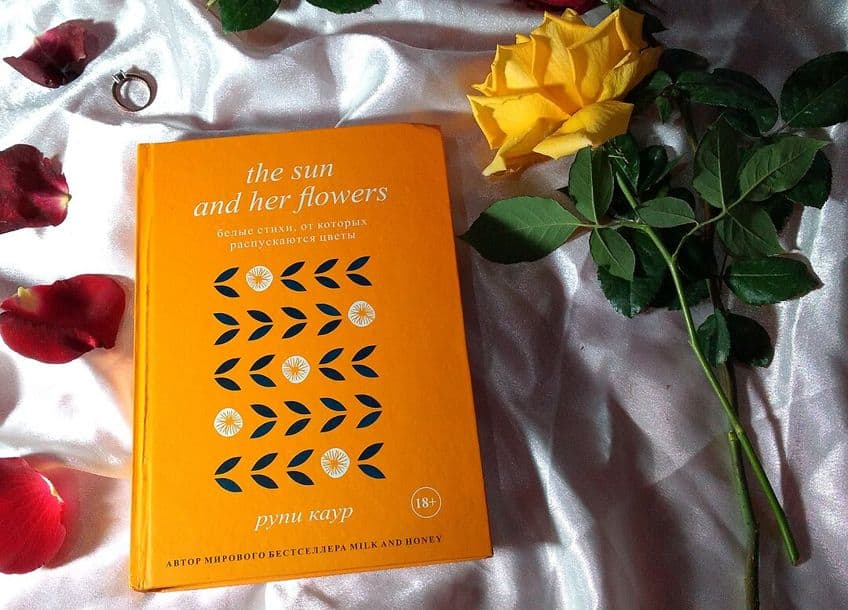
While she has produced many famous short poems, they tend to be seen as a collective rather than on an individual level. Her poems make use of inventive typography, a lack of capitalization of letters, and no punctuation. They are often short, although there are a few that are lengthier, and they each tend to provide a single thought or idea that has been presented in a punchy and straightforward sense. She often eschews metaphors in favor of speaking far more literally.
We have arrived at the end of our discussion about famous short poems. We have examined ten small poems and explored them each in some depth, and, in addition to this, we looked at three separate poets who have worked in three types of quick poem categories. Hopefully, this has shown some of the many ways in which poems can be short and to the point. However, there are many others out there that are worth picking up!
Frequently Asked Questions
What Is a Short Poem?
There is no official type of poem that can be labeled a short poem, and so one needs to determine one’s own definition. In the case of this particular list of poems, the definition of a short poem meant any poem below ten lines. This inherently excludes certain types of poems that could be considered on the shorter side, such as sonnets.
What Is a Long Poem?
In much the same way as the concept of a short poem, there is no such thing as an actual category that is called a long poem. However, we could claim that any poem that progresses beyond a single page in length is heading toward the territory of a long poem. Once a poem reaches over a hundred pages in length, it is definitely a long poem.
What Are the Different Types of Short Poems?
While there are many different types of short poems, most of them tend to be free verse type poems. This means that they have no real structure and are instead simply short by design. However, there are specific types of poetry that are intentionally short, such as limericks, haikus, and micropoetry.
What Is the Most Famous Type of Short Poem?
The most famous short poems are probably haikus. Most know about this short Japanese variety of short poetry, and they are considered to be some of the shortest and most meaningful poems. They are arranged in three lines, and those lines have five, seven, and five syllables. This means that a haiku is usually about as long as a sentence.
Are Sonnets Short Poems?
It really depends on what you personally consider to be a short poem. There is no such thing as a category labeled short poems, but as a sonnet is made up of fourteen lines, it could be considered short. It could especially be considered a short poem when compared to fundamentally long varieties of poetry, such as epic poetry, which can often be many pages long.
Justin van Huyssteen is a freelance writer, novelist, and academic originally from Cape Town, South Africa. At present, he has a bachelor’s degree in English and literary theory and an honor’s degree in literary theory. He is currently working towards his master’s degree in literary theory with a focus on animal studies, critical theory, and semiotics within literature. As a novelist and freelancer, he often writes under the pen name L.C. Lupus.
Justin’s preferred literary movements include modern and postmodern literature with literary fiction and genre fiction like sci-fi, post-apocalyptic, and horror being of particular interest. His academia extends to his interest in prose and narratology. He enjoys analyzing a variety of mediums through a literary lens, such as graphic novels, film, and video games.
Justin is working for artincontext.org as an author and content writer since 2022. He is responsible for all blog posts about architecture, literature and poetry.
Learn more about Justin van Huyssteen and the Art in Context Team.
Cite this Article
Justin, van Huyssteen, “Famous Short Poems – A List of Short Prose You Should Know.” Art in Context. September 13, 2023. URL: https://artincontext.org/famous-short-poems/
van Huyssteen, J. (2023, 13 September). Famous Short Poems – A List of Short Prose You Should Know. Art in Context. https://artincontext.org/famous-short-poems/
van Huyssteen, Justin. “Famous Short Poems – A List of Short Prose You Should Know.” Art in Context, September 13, 2023. https://artincontext.org/famous-short-poems/.


